|
|
World War II Armed Forces — Orders of Battle and Organizations | Last Updated 30.06.00 |
|
German Waffen-SS
Organization 1943/44 SS-Panzerkorps 1.01.1944 |

|
|
|
|
1943/44 SS-Panzerkorps
The 1943 SS-PzK (even including changes up to 1944) was basically a standard Army Panzerkorps (corps headquarters, signal battalion, supply battalion, field post, military police, mapping units, etc.) with a few additional units, (heavy Panzer battalion, rocket launcher battalion, medical battalion, and later also an artillery battalion and an artillery observation battery). Note that there were two-division SS corps for all the various SS divisions, although these corps were organized slightly differently, depending on the type of divisions commanded. In all cases, the subordinate divisions were only loosely attached, could and did operate independently, and certainly did not cede any of their divisional units to the corps. The reason for the extra corps units is quite basic. The SS had, at the time of the creation of the SS-PzK, (and the other SS corps), no "GHQ" troops of its own. [The Waffen-SS divisions had always had more units than their Army counterparts - for several reasons, of course, one being that there weren't any Waffen-SS non-divisional units.] The Army had its Heerestruppen, which were used to create main points of effort, or provide higher echelon support. The Waffen-SS did not. The "corps" troops were redesigned as "Sondertruppen der RFSS", (which was the Waffen-SS equivalent to the Heerestruppen), as soon as there were enough to warrant a separate branch; the units the corps had were more of a foot in the door for even more Waffen-SS units, rather than a fixed feature within the corps organization. Second, the SS wanted to keep as much control over their units as possible. The more higher commands, the more direct control. And, let's never forget, the ultimate aim of the SS was to become independent of the Army and then replace it completely, at least when victory was finally achieved. Wanting to have SS officers with practical experience in commanding larger formations is a natural consequence of this thinking. And, following this concept to the its logical conclusion, Waffen-SS officers were finally also put in command of armies. |
|
|